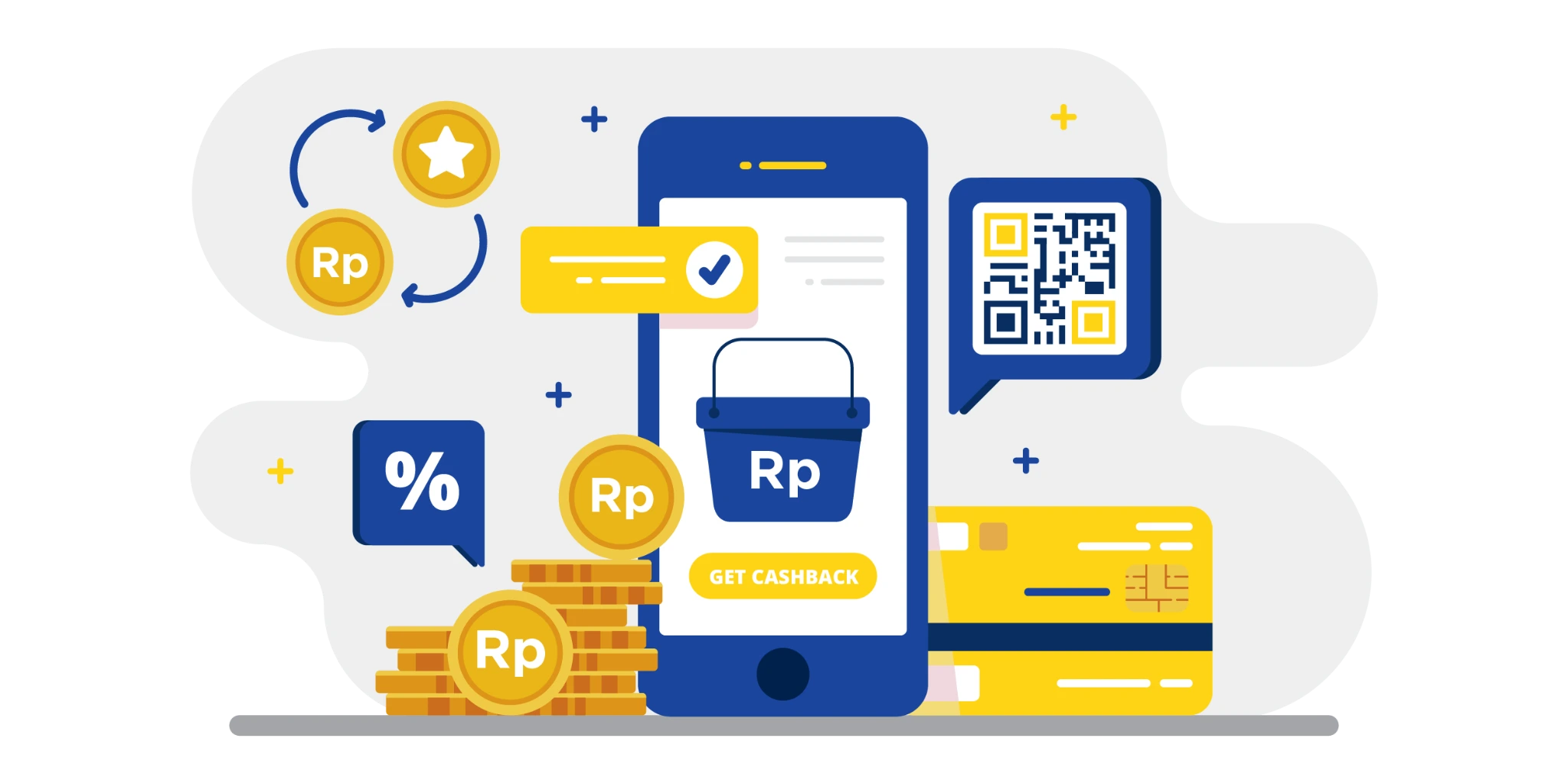Remember when making money online meant sketchy pyramid schemes or selling stuff on eBay? Things have changed dramatically. Today’s reward platforms have turned spare time into spare cash for millions of people worldwide.
It’s fascinating how these platforms evolved from those boring survey sites we all tried in 2010. Now they’re sophisticated operations that know exactly how to keep us coming back for more.
Why We Can’t Stop Clicking
Here’s the thing about reward platforms: they’ve basically hacked our brains. Every time you complete a task and see those points roll in, your brain gets a little hit of dopamine (the same chemical that makes scrolling social media so addictive).
Platform designers aren’t just winging it either. They’ve studied what makes slot machines and mobile games so compelling, then applied those same tricks. Variable rewards, surprise bonuses, daily challenges; it’s all calculated to keep you engaged.
But honestly? It works because earning $0.50 feels weirdly satisfying when it only took two minutes. Our brains don’t really distinguish between earning $50 an hour at work and earning $0.50 in a minute online.
The Nuts and Bolts of Getting Paid

Modern platforms use pretty impressive tech to figure out what tasks to show you. Machine learning algorithms track what you’re good at, what you skip, and when you’re most active. Then they serve up the perfect mix of opportunities.
When you actually compare platforms like pawns app vs swagbucks, the differences in their approaches become clear. Some let you earn passively by sharing resources, others require active participation like completing surveys or watching videos.
The gamification goes way deeper than just points though. You’ve got achievement badges, level-ups, and leaderboards showing who earned the most this week. Suddenly you’re not just answering surveys; you’re competing with username “MoneyMaker2024” for the top spot.
Real Money, Real Impact
Here’s something interesting: Harvard Business School found that 36% of Americans now participate in the gig economy somehow. That’s not just Uber drivers; it includes everyone clicking away on reward sites during lunch breaks.
College students use these platforms to cover textbook costs. Stay-at-home parents earn coffee money while the kids nap. Retirees supplement fixed incomes without leaving their recliners.
And the earning options? They’ve exploded. Watch videos, test apps, play games, share your internet, take photos of store displays. Some people even rent out their phone’s processing power while they sleep. Smart users figure out which approach matches their lifestyle and run with it.
The Tech That Makes It Happen
Behind every reward platform is a complex web of technology most users never think about. Cloud servers handle millions of simultaneous users without breaking a sweat. Payment processors move money internationally in seconds.
The really clever bit? APIs connecting everything together. Ad networks pump in revenue, market research companies provide surveys, app developers pay for installs. It’s like a massive digital marketplace where your attention is the currency.
Blockchain tech is starting to creep in too. Some platforms use it for transparent payment tracking, though we’re still early days on that front.
Your Data: The Hidden Currency
Let’s be real about something: these platforms aren’t charities. They’re collecting data about everything you do, then packaging it for advertisers and researchers.
You’re basically trading bits of privacy for beer money. Every survey answer, every video watched, every app installed tells them something about you. They aggregate this data (supposedly anonymized) and sell insights to companies desperate to understand consumers.
The good platforms are upfront about this. They follow GDPR rules, encrypt your data, and let you delete your account anytime. But you should definitely read those privacy policies, boring as they are.
Going Global With Gift Cards
The international aspect of reward platforms creates some wild dynamics. A dollar means something very different in Mumbai than Manhattan, which explains why some platforms explode in certain countries while flopping in others.
Mobile-first platforms dominate in regions where everyone has a smartphone but traditional banking is spotty. In fact, World Bank data shows that 1.2 billion previously unbanked people now access digital financial services. Reward platforms play a small but meaningful role in that shift.
Payment methods vary wildly too. PayPal in the US, M-Pesa in Kenya, WeChat Pay in China. Platforms that adapt to local preferences thrive; those that don’t disappear quickly.
Building Digital Habits (For Better or Worse)
Once you start using these platforms regularly, weird things happen to your routine. That morning coffee break becomes survey time. Waiting rooms transform into earning opportunities. Some people check for new tasks before checking Instagram.
The habit formation is intentional. Daily login bonuses ensure you open the app every single day. Streak counters guilt you into maintaining perfect attendance. Before you know it, checking the platform is as automatic as checking email.
Small, consistent rewards actually work better than random big payouts for building habits. Getting $1 every day feels more motivating than getting $30 once a month, even though it’s the same amount.
Playing the Platform Game Smart
Successful earners don’t just use one platform; they build a portfolio. Maybe three survey sites, two passive earning apps, and a cashback browser extension. Diversification isn’t just for stock portfolios anymore.
The key is matching platforms to your situation. Got a powerful gaming PC that sits idle? Passive computing platforms make sense. Love sharing opinions? Survey sites are your jam. Commute by train? Video-watching apps turn dead time into earning time.
But here’s the thing: you need to track hourly rates. That $5 task sounds great until you realize it took 90 minutes.
What’s Coming Next
The future of reward platforms looks pretty wild. MIT researchers predict AI will completely transform how we think about digital work, including these micro-earning opportunities.
Imagine VR headsets where you earn money by testing virtual stores or AI that perfectly matches you with tasks you’ll actually enjoy. Platforms are already experimenting with both.
Blockchain might eventually cut out middlemen entirely. Picture earning directly from advertisers without platform fees eating into payouts. It’s technically possible; someone just needs to build it right.
Making It Work Long-Term
Burnout is real with these platforms. The excitement of earning your first $100 fades when you calculate it took 40 hours. Setting realistic expectations from day one prevents disappointment later.
Creating boundaries helps too. Maybe you only check platforms during commutes or limit yourself to 30 minutes daily. Treating it like a fun side project rather than a second job keeps it sustainable.
The golden rule? Never rely on reward platforms for essential expenses. They’re great for extra coffee money or saving for something special, but they shouldn’t be paying your rent.
The Bottom Line
Online reward platforms aren’t making anyone rich, but they’ve genuinely changed how people think about earning money online. They’ve democratized access to supplementary income in a way that wasn’t possible even five years ago.
As these platforms evolve, they’ll probably become even more integrated into daily life. Understanding how they work, what they want from you, and how to use them effectively puts you ahead of the curve. Just remember: your time has value, even if you’re just clicking buttons on your phone.


